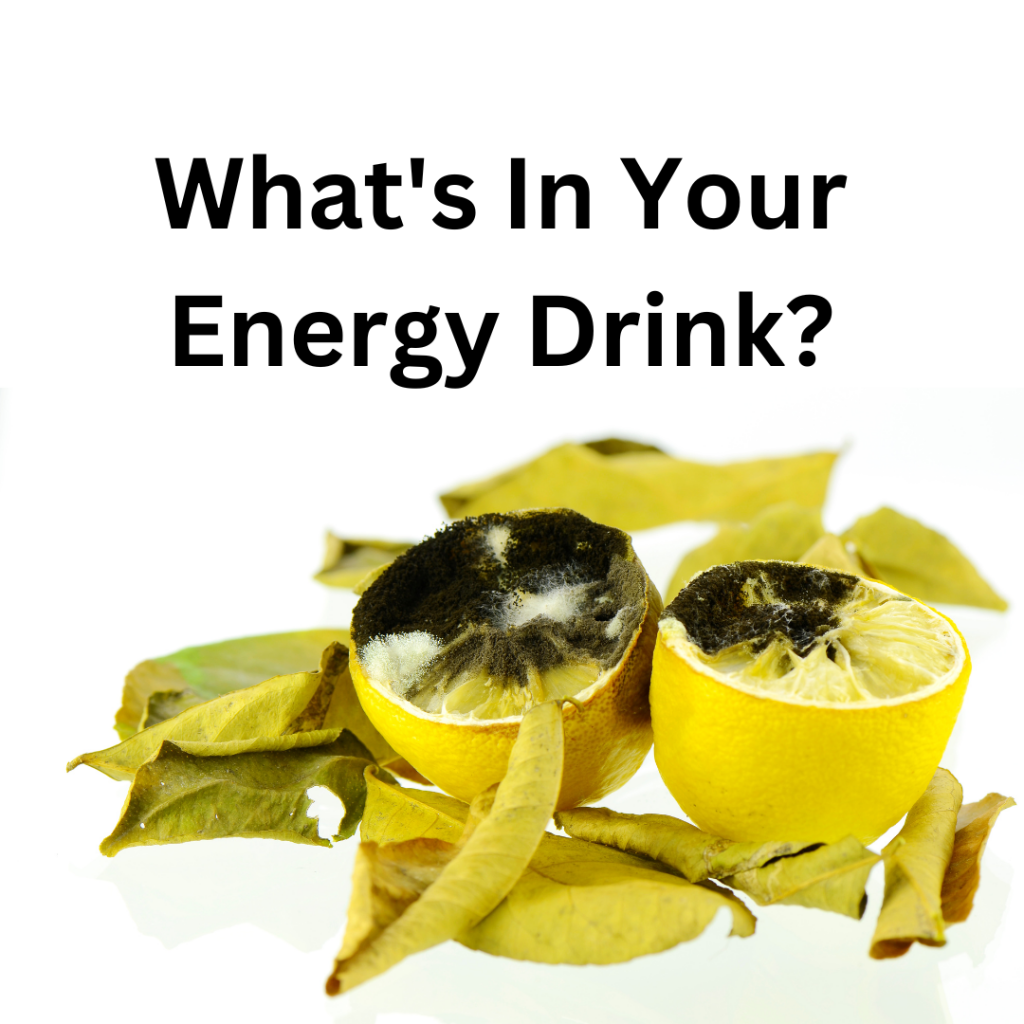Are you unknowingly ingesting toxic mold?

Do you feel like you’re doing everything right and still not getting better? It’s possible something hidden in your daily routine may be sabotaging your healing.
One potential culprit is manufactured citric acid (MCA), often added to food as a preservative and flavor enhancer.
It’s used in processed foods, carbonated beverages, energy drinks, fruit drinks, nutritional supplements, vitamins, pharmaceuticals, cosmetics and more.
And here’s the potential problem: this ingredient is mass produced using Aspergillus niger—a type of mold. People with chronic illness and weakened immune systems may react badly to it. In fact, many patients with persistent symptoms of Lyme disease experience more severe symptoms when exposed to mold.
To date, there have been no human trials investigating the safety of MCA. However, in 2018, two medical doctors at the University of Chicago did a deep literature review and found cause for concern.
In their published paper, they present a series of four case reports of patients who had significant worsening of symptoms after ingesting MCA. By eliminating MCA, each of the patients had a resolution of symptoms.
What exactly is this substance?
Citric acid is naturally derived from lemons, limes and other fruits and vegetables and was widely used in foods and beverages until the early 1900s. In 1917, James Currie, an American chemist, discovered he could mass produce citric acid from mold.
Today, 99% of citric acid in commercial use is manufactured from fermented corn syrup and Aspergillus niger.
In 2016 there were 2.3 million tons of MCA produced, predominantly in China. Approximately 70% of that MCA is used in foods and beverages, 20% in pharmaceutical ingredients and cosmetics, and 10% in cleaning and softening agents.
While the basic molecular formula for natural citric acid and MCA is the same (C-6,H-8,O-7), MCA contains the potential of contamination by impurities and fragments of Aspergillus niger.
When mold enters the body, the immune system recognizes it as a foreign invader and mounts a response to remove it. The specific immune response to mold depends on the type of mold, the individual’s immune system, and the duration and extent of exposure.
Aspergillus niger is commonly found in soil and decaying vegetation. It is extremely resilient, flourishing in both hot and cold climates.
While the FDA currently lists MCA as a safe ingredient, it was developed at a time before the agency monitored food additives. In 1958, the US adopted the Food Additives Amendment, making any ingredients added to food subject to FDA approval. However, Congress excluded from this requirement all food ingredients in use before 1958.
Allergic reactions
Symptoms of mold allergy can include:
- Respiratory symptoms (coughing, wheezing, worsening Asthma)
- Skin rash or hives
- Itchy or watery eyes
- Runny or stuffy nose
- Headache
- Gastrointestinal upset
In rare cases, exposure to Aspergillus niger can lead to a life-threatening allergic reaction called anaphylaxis, which requires immediate medical attention.
If you suspect that you may have an allergy to Aspergillus niger or other molds, it’s important to speak with your healthcare provider. They may recommend allergy and mold testing to confirm the diagnosis.
Minimizing exposure
It’s important for people with weakened immune symptoms to minimize their exposure to mold. If you live or work in an environment where you are likely to be exposed to mold, you may need to take steps to reduce your exposure and minimize your risk of developing an allergy.
Ways to minimize mold exposure include keeping your living spaces clean and dry, using air filters or dehumidifiers, and consuming clean food and beverages. In severe cases, more drastic remediation efforts must be taken.
If you have a known mold sensitivity, I recommend that you read the ingredient of your most frequently consumed foods, beverages, and supplements. Ingredients are listed from highest to lowest content. If you see citric acid high on the list and you notice an increase in symptoms shortly after consuming that product, you might try eliminating the item from your diet.
For more information, see:
LYME SCI: Are hidden ingredients in pills making you sicker?
LYME SCI: Dealing with Lyme disease and mold illness at the same time.
LYME SCI: Lyme? Mold toxicity? Other chronic ills? Read this book.
TICKTECTIVE: All about kids with Lyme, PANS, and mold illness.
LymeSci is written by Lonnie Marcum, a Licensed Physical Therapist and mother of a daughter with Lyme. She served two terms on a subcommittee of the federal Tick-Borne Disease Working Group. Follow her on Twitter: @LonnieRhea Email her at: lmarcum@lymedisease.org.
Reference
Sweis IE, Cressey BC. Potential role of the common food additive manufactured citric acid in eliciting significant inflammatory reactions contributing to serious disease states: A series of four case reports. Toxicol Rep. 2018 Aug 9;5:808-812. doi: 10.1016/j.toxrep.2018.08.002. PMID: 30128297; PMCID: PMC6097542.




















We invite you to comment on our Facebook page.
Visit LymeDisease.org Facebook Page